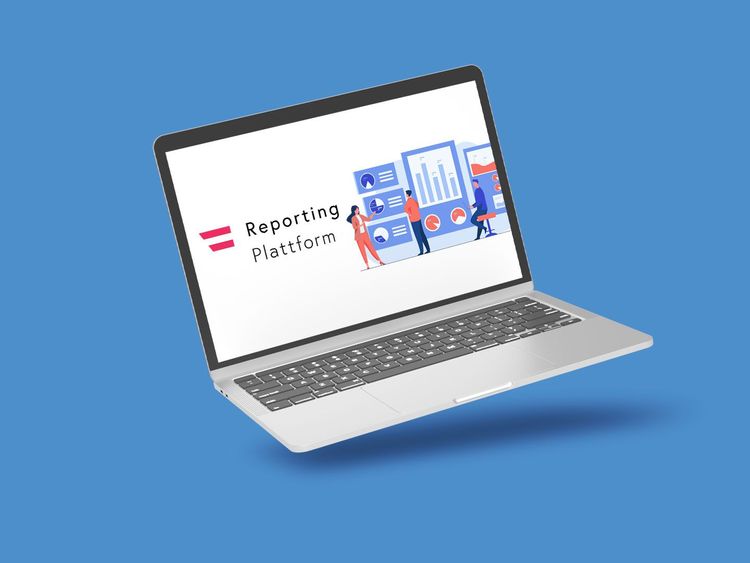- Solution area:Organisations ,Processes ,Quality assurance and certification ,Regulations and compliance ,
- Аdministrative level:State ,Federation ,
- Solution process:Agriculture ,Digitization and technology ,Employment and education ,Energy ,Environment and sustainability ,Integration, inclusion, diversity ,Judiciary ,Media and communication ,Public service ,Regional development and infrastructure ,Science and research ,Security and defense ,Smart City ,Women and family ,
- Technology:Artificial Intelligence ,Information technology ,Platform technology ,

Austrian reporting platform
Efficient processes, better services
A high-performing public administration needs transparency about its own processes. With the Austrian Reporting Platform, the Austrian Ministry of Finance (BMF), in collaboration with the Ministry of Economy, Energy and Tourism (BMWET), ensures that workloads are distributed evenly, inquiries are processed efficiently, and digital services are continuously improved. The platform includes various applications for performance monitoring, knowledge management, and service optimization, used daily by around 2,500 employees.
Quick Facts
How it works
The Austrian Reporting Platform is a comprehensive data and reporting infrastructure that integrates a wide range of application areas – including administration, environmental protection, justice, and public funding – within a modular system landscape. The platform's goal is to structure and visualize data from diverse sources in a transparent way, thereby enabling fact-based decision-making at all levels – from political governance to day-to-day administration. Each use case within the Austrian Reporting Platform has its own specific focus: from business intelligence for judicial authorities, to the visualization of public funding, to environmental reporting. Together, they form a powerful digital ecosystem that fosters transparency, efficiency, and data literacy in the public sector. At the center is the BMF Dashboard – a tool for visualizing and managing workloads in the areas of the Info Center, income tax, and family allowance. Using key figures on open and completed cases as well as staff data (e.g., attendance), resources can be deployed strategically, and bottlenecks identified early. The data come directly from the ministry’s Data Warehouse and SAP system. The Citizen Service application supports the BMWET’s public service team. It combines a knowledge base, electronic logging, collaboration tools, and statistical analyses. Handling around 10,000 to 16,000 inquiries per year, the application ensures that citizen requests are processed efficiently and effectively – up to 80% of inquiries can be resolved directly by the service team. The offering is complemented by Performance Reporting Dashboards, which provide monthly comparisons of key performance indicators for the management level, as well as by applications for the Wallet/ID Card Platform and ID Austria, delivering current usage statistics to the State Secretary (e.g., digital driver’s licenses, registrations).
The Big Picture
All applications aim to make administration more efficient and transparent: balanced workload distribution, clear responsibilities, real-time usage statistics, and a solid foundation for scaling and further digitalization. The result is a modern administrative system that puts service quality at its core. In an era where data-driven decision-making is crucial for effective governance, the Austrian Reporting Platform sets new standards for public sector data management. By standardizing monitoring and reporting processes across government departments, it significantly enhances operational efficiency and transparency. The platform's ability to support various use cases - from tracking EU-funded projects to monitoring digital transformation initiatives - demonstrates its versatility and strategic importance. Through its shared services architecture and advanced analytical capabilities, it not only streamlines current administrative processes but also paves the way for more sophisticated, data-driven governance approaches. This comprehensive solution shows how technological innovation can transform public sector operations while maintaining security and reliability standards essential for government operations.
Image: © Bundeskanzleramt Österreich / © Freepik.com




